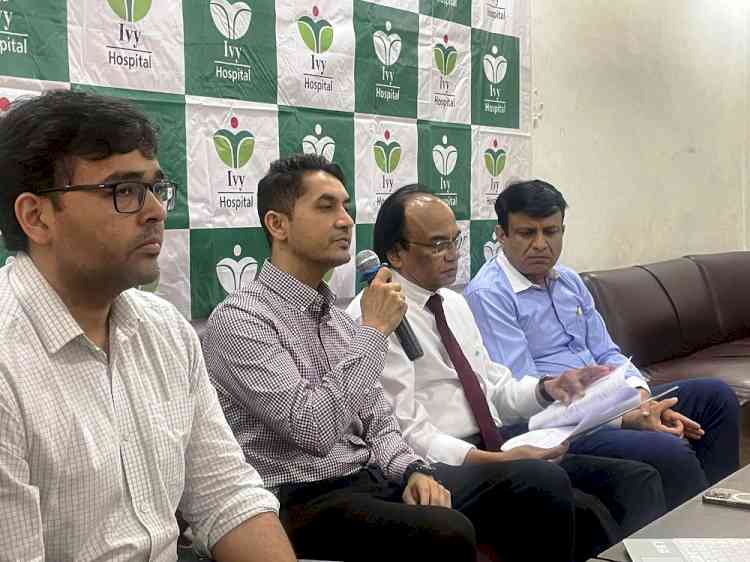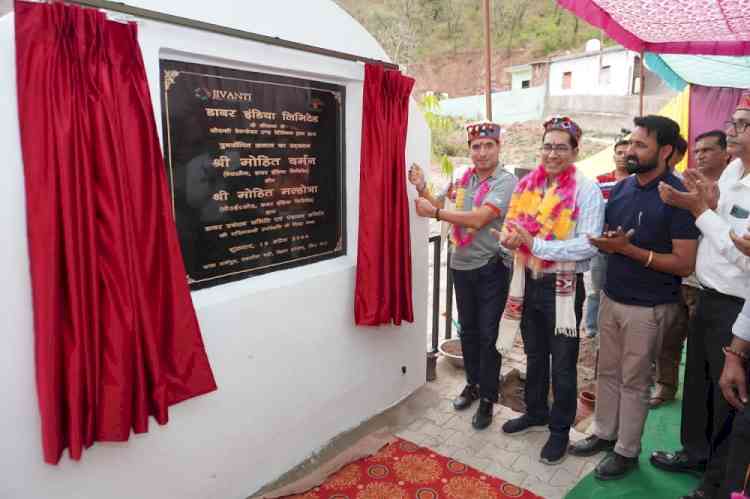Creating urban environments in lasting color
Author(s): City Air NewsMumbai: LANXESS is demonstrating impressively at bauma 2016 how conventional building materials, such as pigmented roofing tiles, noise barrier walls, in-situ concrete, fiber cement boards, sand-lime bricks and...

Mumbai: LANXESS is demonstrating impressively at bauma 2016 how conventional building materials, such as pigmented roofing tiles, noise barrier walls, in-situ concrete, fiber cement boards, sand-lime bricks and asphalt, can add color to urban environments. The specialty chemicals company, together with distributor Harold Scholz & Co. GmbH, is exhibiting its premium and globally proven inorganic pigments at this leading international tradeshow for the building industry, which takes place in Munich from April 11 to 17. “Our color-stable and weather-resistant pigments add lasting color to architecture and infrastructure. Building materials colored with these products retain their optical appearance and good looks even when exposed to the weather for extended periods, and they need virtually no maintenance at all,” says Thomas Pfeiffer, Vice President Marketing & Sales EMEA, Inorganic Pigments business unit. “Sustainability is a very high priority in all our products and processes. It is and will remain an indispensable element of our business philosophy. Production processes at all our sites are designed to be safe, resource-saving and environmentally friendly.”
The extensive line of Bayferrox iron oxide pigments, with over 40 color shades, and Colortherm-brand chrome oxide pigments help to make urban centers more colorful and attractive. The colors range from yellow to red, green, and brown all the way to black. Over 100 different shades of the individual colors are available. With these products, aesthetic, safe and lasting design effects can be achieved in a wide variety of building materials, such as in-situ concrete, prefabricated concrete components, concrete roofing tiles and paving blocks and even colored asphalt.
New ideas for color in construction
People increasingly are moving to the cities. Sustainable urbanization poses numerous challenges for urban planners, architects and building developers, including how to attractively design the urban environment. Colored materials, such as concrete, block paver and asphalt, are steadily rising in popularity. They can be used for aesthetic architectural solutions that enable structures to be harmoniously integrated into their environment, or for infrastructure projects that are both functional and creative.
Bayferrox and Colortherm green pigments can be seen around the world in sports stadiums, playgrounds, pedestrian zones and buildings. One prominent example is in Spijkenisse, a town near Rotterdam. Graphic designer Robin Stam had the fictitious bridges that appear on the back of the euro banknotes built there. To give his bridge designs an unmistakable look, he chose concrete integrally colored with Bayferrox pigments that realistically reproduce the color tone of the familiar bridges on the euro bills. The color pigments likewise were used for an urban renewal project involving Rose Plaza in the German city of Osnabrück: four different pink shades were the main creative medium used to restore the dull, gray thoroughfare to its former purpose as an inviting plaza, and to simultaneously make the traffic routing safer for pedestrians and cyclists.
More publicity for colored concrete
The LANXESS Colored Concrete Works initiative for years now has been inspiring architects and construction companies to embrace modern architecture that incorporates colored concrete. Reference projects document its use in international building structures. The initiative is supported by forums and symposiums that promote an exchange among professionals. “Our goal is to shift attention to the beauty and aesthetic value of colored concrete. LANXESS therefore regularly presents the Colored Concrete Works Award to architects who have distinguished themselves in the innovative use of colored concrete in international projects,” Pfeiffer says.

 cityairnews
cityairnews 














